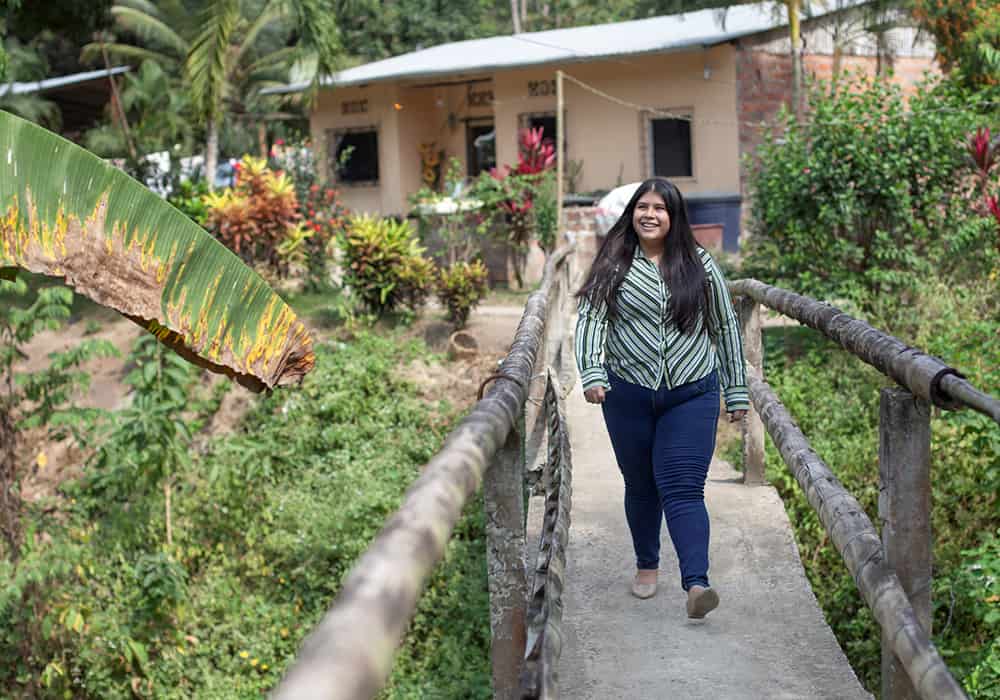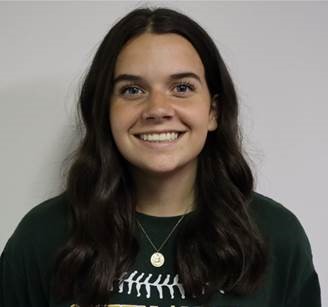Across the globe, millions of young people face obstacles that hinder their ability to thrive — whether it’s poverty, displacement, or conflict. Yet, youth development programs from organizations like Plan International USA, Save the Children, Anera, and CARE are providing these young individuals with the tools, education, and support they need to transform their lives. By helping to bridge the gap for those excluded from education and opportunity, these organizations are fostering resilience, empowering young people to find their voices, and enabling them to envision a brighter future.
From refugee camps in Jordan to rural communities in Nepal, these charities are offering hope and education to those who need it most.
Continue reading to learn how these organizations are making a real difference, and consider making a contribution through your workplace giving program to support their vital programs. Your donation can support this essential work, ensuring that more children have the chance to grow, learn, and achieve their dreams, no matter their circumstances. Together, we can help provide these young people with the opportunities they need to build a brighter future.
Plan International USA
Youth migration can create a sense of loss and uncertainty, but for Wenddy, a young woman from Venezuela, it became a journey of self-discovery and empowerment with the help of Plan International.
In 2017, she migrated to Ecuador, struggling with depression and facing discrimination as an outsider. It was through Plan International’s programs that Wenddy began to regain her sense of hope and purpose. As she joined various community projects, Wenddy found herself surrounded by people who accepted her for who she was, offering the support and encouragement she needed to rebuild her confidence. She became involved in a community reporting project where she learned how to create content, speak confidently on camera, and convey her thoughts assertively. This experience led her to a part-time job at a radio station, where she continued to develop her public speaking skills.
She also participated in a Plan International project on education in emergencies, where she learned about unsafe educational environments and worked with others to propose solutions. Wenddy’s journey took her even further when she was invited to a youth event in Paris hosted by UNESCO, where she spoke about education in emergencies in front of an international audience.
Today, Wenddy no longer sees herself as the shy girl who once felt out of place. She now works to improve the lives of children and adolescents in rural Ecuador. Through the support of Plan International, Wenddy has transformed her life, demonstrating that even the most difficult experiences can lead to meaningful change.
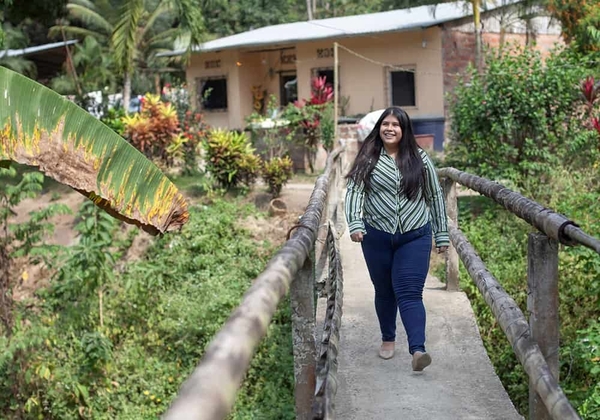
Save the Children
Youth in conflict zones face tremendous obstacles, especially when it comes to education. For many children in Syria, the violence of war has disrupted their schooling. In the midst of hardship, programs like Save the Children’s educational initiatives in displacement camps are working to ensure that these children can continue learning, even in the most challenging circumstances.
Basma, an 11-year-old girl, was a diligent student and passionate learner before the conflict in Syria turned her world upside down. When she was in the second grade, Basma witnessed bombardment during a school day. After that her classes were moved into a makeshift school in a basement. Tragically, over the next year, Basma lost her father, her best friend, and her favorite teacher to the violence. Her siblings were injured, and her family was forced to flee their home, eventually seeking refuge in a displacement camp.
In the camp, after two years of disrupted education, Basma was enrolled in a Save the Children school. Providing schooling for children affected by crises gives a second chance to learn, heal, and dream again. Basma now hopes to honor her father’s memory by helping others, including her sick mother, by becoming a doctor.
Basma’s story highlights the profound impact that youth development programs can have in conflict areas. Despite the trauma and loss she has faced, Basma’s enrollment in the Save the Children school has given her a renewed sense of purpose and hope. For children like her, education is not just a path to learning — it’s a lifeline that offers a future beyond the devastation of war.
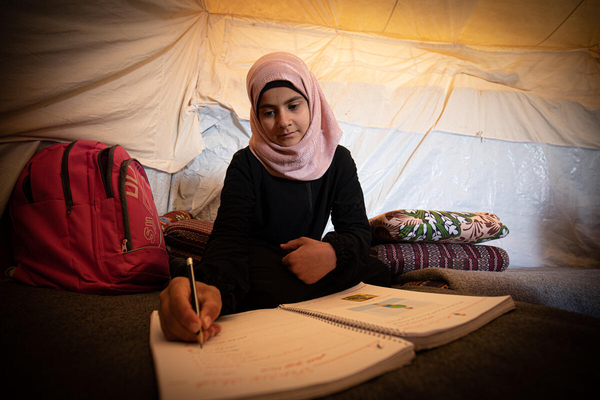
Anera
In a rapidly evolving world that demands digital literacy, many children within marginalized communities find themselves lagging behind because they lack access to essential tools like computers and classes on how to use them. In some of Jordan’s communities and refugee camps, many families struggling to make a living simply cannot afford them. Anera’s Education and Digital Literacy project in Jordan’s refugee camps is a lifeline, offering comprehensive computer education, digital literacy training, and laptops.
Empowering students with essential computer skills provides them with the tools to navigate a digital future in Jordan’s job market. During the COVID-19 pandemic in 2021, Anera partnered with Thaki, a digital education nonprofit, to provide laptops preloaded with an array of educational materials and resources to refugees and vulnerable host community students and their teachers. The digital classes are now operating in the Baqa’a and Souf refugee camps, reaching more than 600 students.
Teachers like Hussam Aqel are using the digital toolkit to offer classes in math, science, computer coding, geography, and much more. Hussam’s innovative lesson plans sparked excitement, and the enthusiasm of his students became his driving force. “Through my work with Anera, not only have I found a way to educate children but I also discovered myself and a new path to my own dreams.”
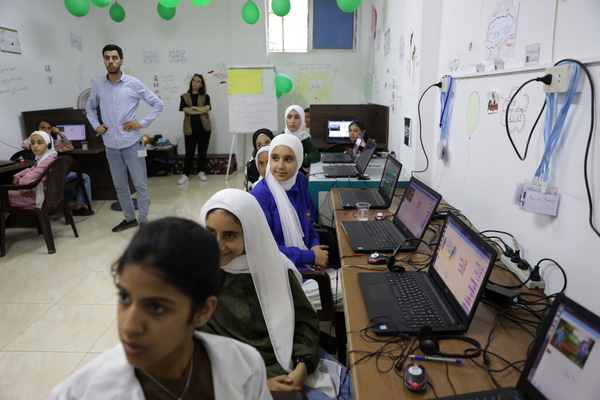
CARE
“When I had to drop out of school, I felt terrible,” Archana Harijan says. “My dreams got shattered. I felt like crying every day.” Archana’s experience is shared by thousands of girls in Nepal, where poverty forces many to drop out of school. A quarter of Nepali citizens live on less than $1.25 a day, and 18 percent of children between 12 and 14 have not completed primary education.
Archana’s family couldn’t afford the costs of education, so she worked as a tailor for three years. Then, a facilitator from CARE’s UDAAN project visited her home and told her mother about the program, which offers free education, including books, uniforms, and food, for girls who’ve never been to school or dropped out early. UDAAN aims to give girls a second chance at education and prevent child marriage, which affects 33 percent of girls in Nepal.
Archana enrolled in UDAAN and was overjoyed to return to school. The program’s 11-month curriculum, which includes English, Nepali, math, science, and social studies, helped her regain her confidence. Archana also participated in dialogues with parents to discuss girls’ rights and health, which helped develop her leadership skills.
Now in grade 11, Archana dreams of becoming a pharmacist or nurse to serve others. Thanks to UDAAN, she has not only returned to school but has found new opportunities to shape her future.

To continue the work toward a brighter future for young people around the world, consider making a donation through your workplace to one of these four charity partners today.

